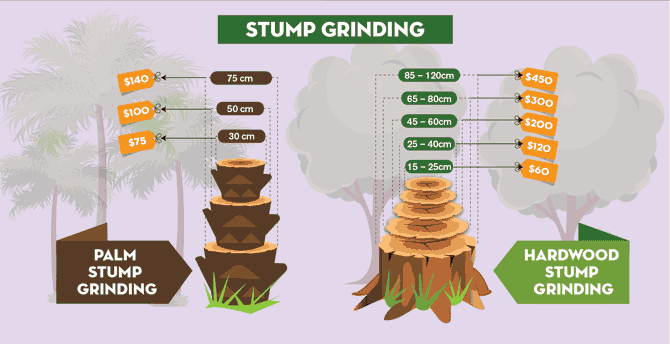Indicators It's Time For Tree Removal: How To Determine Hazardous Trees
Indicators It's Time For Tree Removal: How To Determine Hazardous Trees
Blog Article
Created By-Troelsen Connell
When it concerns tree treatment, acknowledging the indications that it's time for elimination is crucial for your security and building. You could notice stained fallen leaves, wilting branches, or strange fungal growths showing health issue. Architectural issues, like a significant lean or cracks in the trunk, can also position threats. Understanding these warning signs can help you make notified decisions concerning your trees and stop prospective dangers prowling in your lawn. What should you look for next?
Indicators of Decay and Illness
When you discover indications of decay and condition in your trees, it's crucial to act rapidly. Recommended Browsing discolored fallen leaves, wilting branches, or uncommon developments like fungus. These can suggest that your tree is having a hard time.
If you see splits in the bark or soft, mushy timber, these signs recommend inner degeneration. Additionally, an unexpected increase in parasites around your tree can signify that it's weakened and susceptible.
Look for any type of dead or dying arm or legs, as they posture a threat to your property and safety and security. If you're uncertain regarding what you see, getting in touch with an arborist can supply quality.
Attending to these indicators early can save you from much more considerable damage and guarantee the health of your backyard. Do not wait up until it's too late.
Structural Instability and Leaning
As you observe your trees, watch out for any type of indications of architectural instability or leaning. If https://how-to-get-rid-of-stumps28383.activoblog.com/39319590/the-relevance-of-tree-stump-removal-for-your-property-and-the-proper-ways-to-lug-it-out leans substantially, it might show that the origin system is jeopardized.
Seek any kind of splits in the trunk or dirt around the base; these can signify potential failure. In addition, look for uncommon growth patterns, like an unbalanced crown, which might suggest that the tree is struggling to hold itself upright.
If you observe that the tree leans toward your home, power lines, or other structures, it postures a greater threat. Do not disregard these signs-- speak with an arborist to analyze the situation.
Doing something about it early can protect against costly damage and guarantee your safety.
Dead or Dying Branches and Vegetation
If you notice dead or dying branches and vegetation on your tree, it's a clear indication that something's wrong.
These unhealthy locations can indicate underlying problems like condition, parasite problems, or ecological stress. When branches lose their fallen leaves or turn brownish, they're no longer contributing to the tree's health and wellness. Ignoring these indicators could bring about more decrease, making your tree a lot more dangerous.
Dead branches can easily break off during storms, posing a threat to home and individuals nearby. It's essential to analyze the degree of the damage.
If the trouble impacts a significant part of the tree, consider seeking advice from a specialist. https://elliottsmhbw.theobloggers.com/41572516/tree-trimming-by-season-when-and-how-to-trim-for-ideal-development can aid establish if removal is necessary to make sure safety and security and preserve the beauty of your landscape.
Conclusion
If you discover any kind of indications of degeneration, structural instability, or dead branches on your trees, do not disregard them. These indications can pose major safety threats to you and your building. It's always best to seek advice from a specialist arborist that can give a specialist assessment of your trees. Taking action early can stop crashes and pricey damages, guaranteeing your landscape continues to be secure and healthy. Remember, it's far better to be positive about tree treatment than to wait on a disaster to occur.
